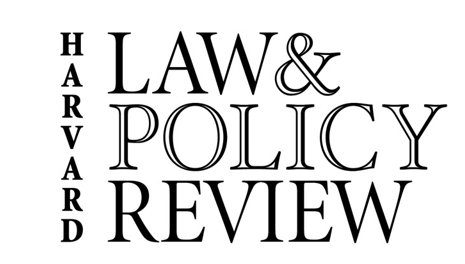Peter Dunne
It is now twenty years since the Los Angeles Riots – the week of violence which broke out in America’s second largest city following the brutal beating of Rodney King and a subsequent trial where all five of his police attackers were acquitted of assault.
The riots in Los Angeles laid bare America’s many (yet unacknowledged) social problems in the post-Reagan era – chronic unemployment, youth isolation and intercommunity distrust. They forced Americans, some for the first time, to confront the reality of institutional racism and led to calls for a major rethinking in how rank and file police officers engage with the wider public.
It is also twenty years since the death of Stephen Lawrence, the UK teenager who was fatally stabbed in a racist attack while waiting for a bus in South East London. The apparent apathy of police officers assigned to investigate Lawrence’s murder (leading to the acquittal of all five defendants in a later trial) shocked British society and resulted in a public inquiry (the Macpherson Inquiry) branding London’s Metropolitan Police Force as “institutionally racist”.
I refer to both these incidents not simply because they happened at similar times and raise similar issues, but rather to ask, twenty years later, what is their legacy?
Last week, the British criminal courts finally convicted two men, Gary Dobson and David Norris of Stephen Lawrence’s murder. The trial had been reopened following changes to the criminal double jeopardy rule and the discovery of new DNA evidence linking both men to the crime.
In writing about the convictions, many journalists looked back to the early 1990s, referring to the breakdown in police-community relations and the steps which have since been taken to enforce the Macpherson recommendations.
Reading the news coverage, I have been unsure as to what is the appropriate reaction. There is certainly not blind denial on the part of the British media – nobody is suggesting that race relations in modern day Britain are perfect. But there is still a sense that great changes have taken place – a purge of the lingering racist elements and practices within the police force, and a fostering of better interactions with youth and minority communities.
But is this the reality?
Last summer, 2011, Britain saw its worst rioting in a generation. In response to the killing by police officers of a twenty nine year old male in Tottenham, violence erupted across the UK’s capital with widespread looting and arson attacks. While, by the end, many who joined in the violence were mere cynical passers-by looking to steal free merchandise, the rioters, at their core, represented a significant section of British youth – young men and women who feel abandoned by a government which cuts vital services and persecuted by a police force which subjects them to disproportionate searches, often because of the colour of their skin.
In the aftermath, we were told that serious questions needed to be asked about the way Britain’s police force engages with young people and minority communities. But are these not the very same questions that the media this week have claimed the Macpherson Inquiry answered?
The reality is that very few concrete changes were instituted following the death of Stephen Lawrence (and I would not be surprised to learn that the same holds true for the Los Angeles Riots). Following the Macpherson Inquiry, the Metropolitan Police launched a major drive to recruit police officers from minority communities. This was a much needed step as the numbers of police men and women of colour at the time was truly shocking. But in addition to this measure, did the police actually take any proactive steps to address the underlying culture of racism within their ranks? Did they merely assume that if you add diversity, people will accept diversity? And what about the interaction of the police force with youth young men and women? A primary concern expressed at the time of the Los Angeles Riots and the Stephen Lawrence murder was that young people of colour were subjected to arbitrary searches by law enforcement officials. But has this situation improved? Judging by the comments of many of the rioters on London’s streets last summer, I would not be convinced. Was increased diversity recruitment also meant to solve this problem? If so, such thinking was, at best, misguided. The young people who complained about police searches were unhappy because they were being disproportionately targeted in comparison to their Caucasian peers – the fact that the same practices are still being carried out today, but by more officers of the same race as the young people, does not make the practice any more equitable.
